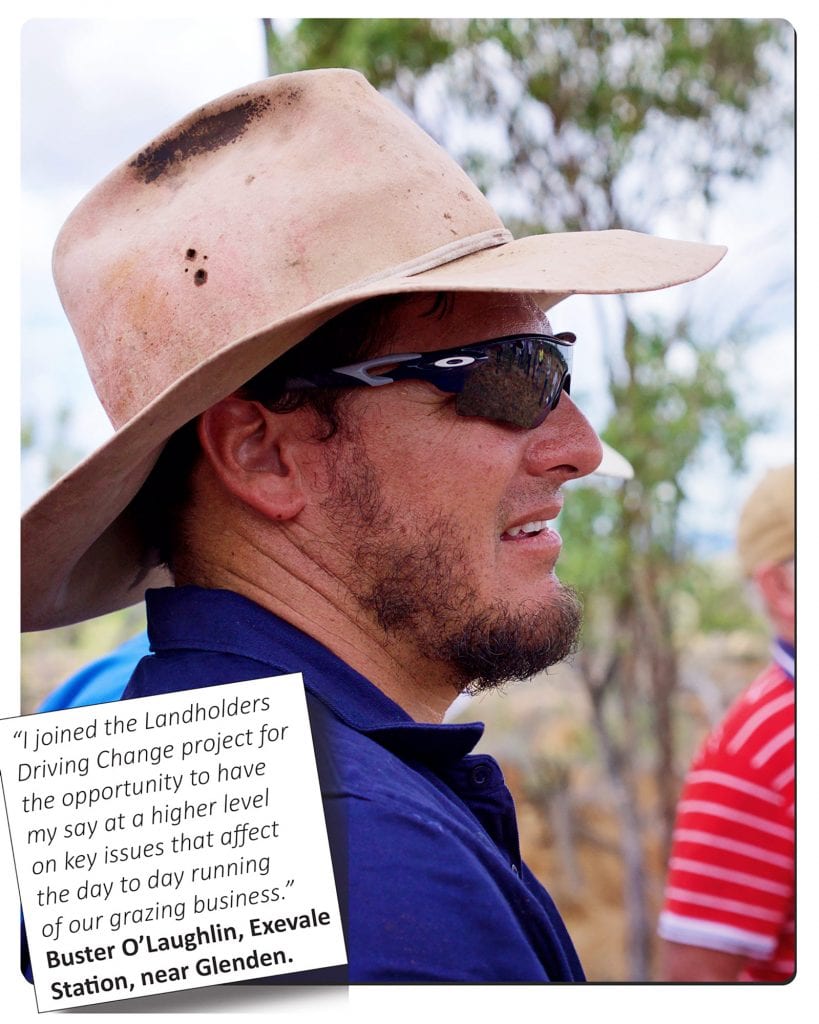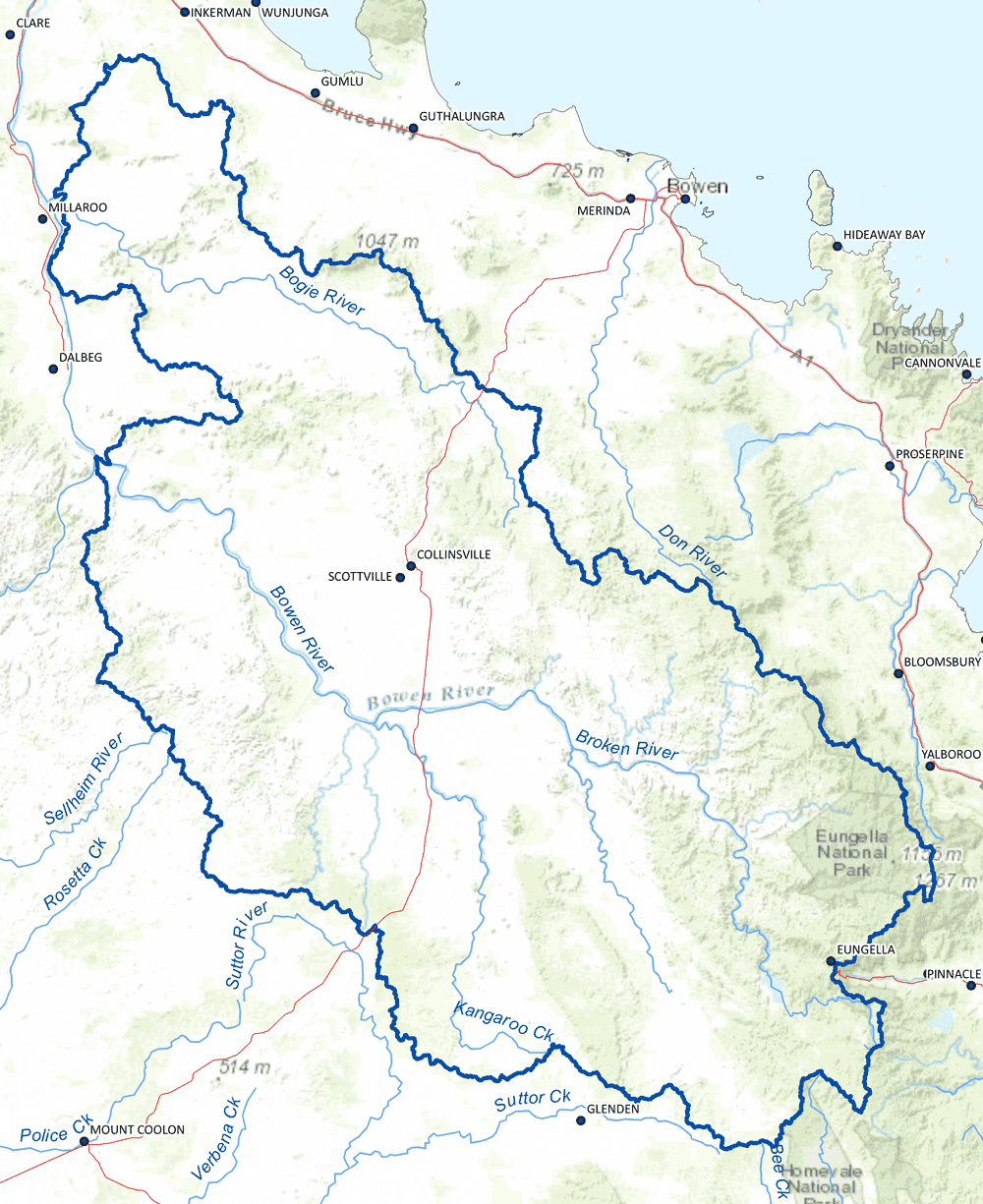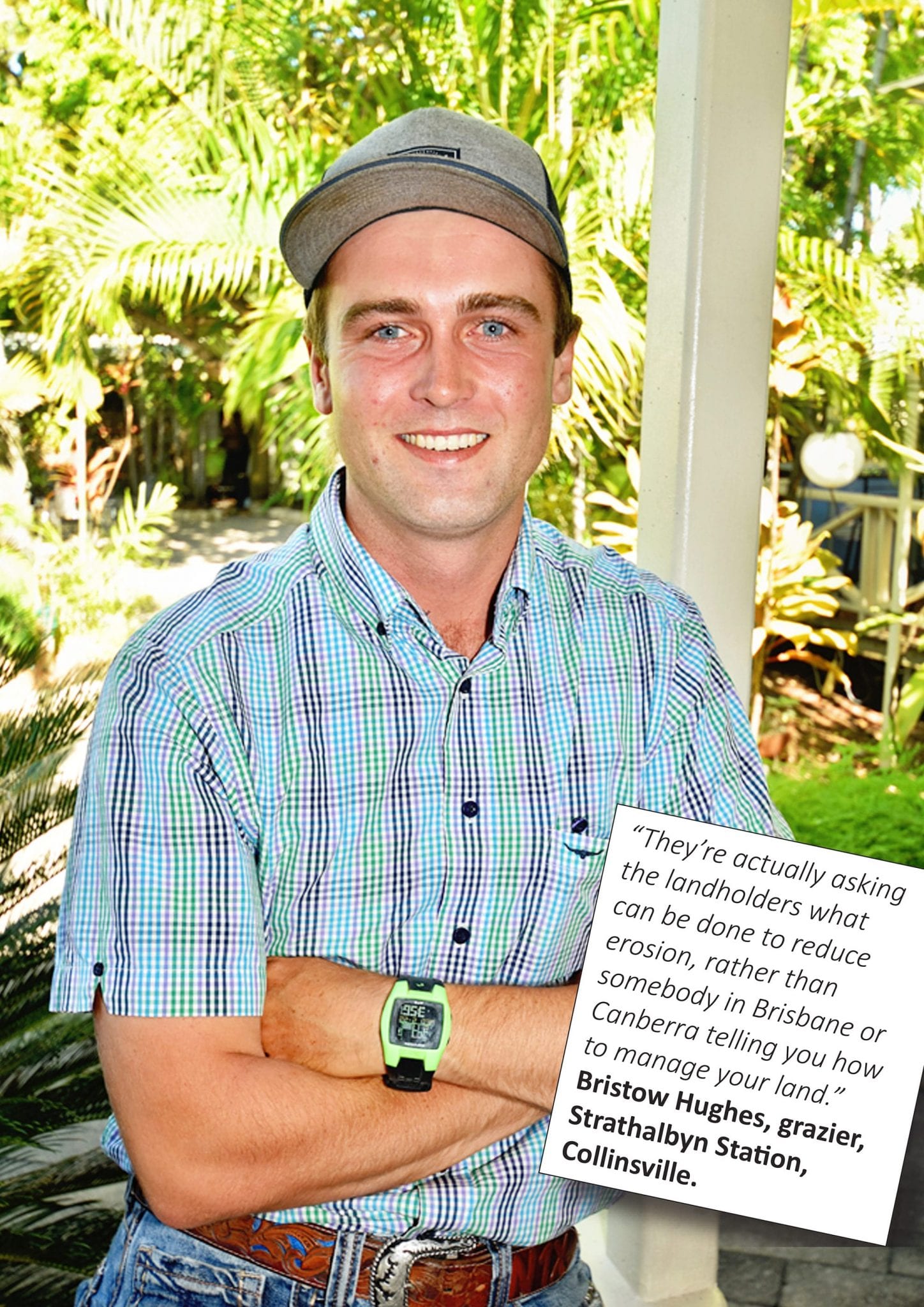Landholders Driving Change… a Major Integrated Project in action

EROSION is a big issue in the Dry Tropics of North Queensland. It causes valuable topsoil primarily from grazing lands to wash downstream, carrying fine sediment particles that reduce the amount of light needed by coral reefs and seagrass to grow and thrive.
NQ Dry Tropics’ Landholders Driving Change project aims to tackle erosion and improve land management, productivity and reef water quality in the Burdekin region – and graziers have been helping to design solutions.
This project is about keeping soil on the land, to help maximise pasture cover and to keep our waterways clean.
It is delivering a flexible program of innovative and tried and tested activities designed by landholders and tailored to their needs, concentrated on the high-priority Bowen, Broken, Bogie (BBB) catchment near Bowen and Collinsville.
The BBB produces almost a quarter of the total fine sediment load that ends up on the Great Barrier Reef.
The Bowen, Broken and Bogie catchment
These web pages, our online publication – The DIRT- and our monthly bulletin – The Grit – will keep you informed about the progress of the three-year project.
Landholders Driving Change combines graziers’ knowledge with the latest scientific research.
It is trialling and implementing solutions designed to remove the social, financial and technical barriers to practice change.
Some of these solutions, if successful, could be transferred to other catchments.


Involving graziers from the start
STRONG and ongoing local participation is the cornerstone of Landholders Driving Change. In order for the project to be truly grazier-focused, it was critical to involve them from the very start of the design process.
To kick things off, graziers representing more than 50 per cent of properties in the BBB attended a series of workshops held during February 2017 in Bowen, Inkerman, Collinsville, and Bowen River. They had the opportunity to propose ideas on which the project should focus.
Their suggestions included gully remediation; improving pasture cover; education and training; incentives to support better practices; and forging closer links between landholders and policy makers.
They also stressed that gully erosion isn’t just a grazier issue, and other land users should be involved. All the ideas raised were discussed, documented and analysed after the sessions.
Once the project team had collated the landholders’ ideas, it was time to develop and prioritise them into an action plan.
During the following months, a group of local graziers, scientists, government officers and technical specialists met regularly to design activities that would:
- reflect the advice of the local community;
- reduce levels of sediment runoff to the reef; and
- help achieve enduring sustainable and productive land management in the BBB.
- BBB GRAZIER SUPPORT
Delivering flexible and tailored services - LANDSCAPE REMEDIATION
Demonstrating cost-effective remediation solutions - INFLUENCING OTHER LAND MANAGERS
Achieving a whole-of-catchment effort - EXPLORING NEW INCENTIVES
Scoping and trialling incentives and institutional arrangements - POLICY ENGAGEMENT
Linking landholders with policy makers
Never before has a project taken such a wide-ranging approach to improving land and water quality at a catchment scale.
Putting these actions into practice over the next three years will teach valuable lessons about the suitability and effectiveness of this method.
This knowledge will help to guide future investment in the BBB catchment and other priority Great Barrier Reef catchments.

